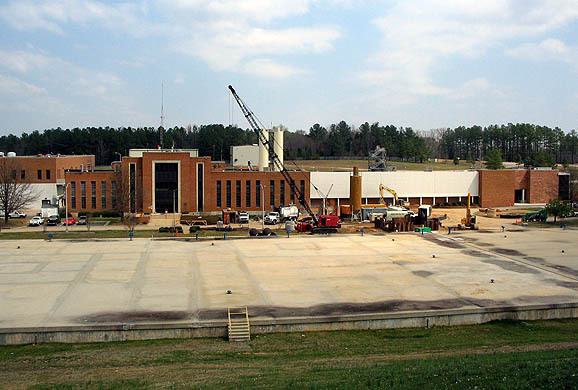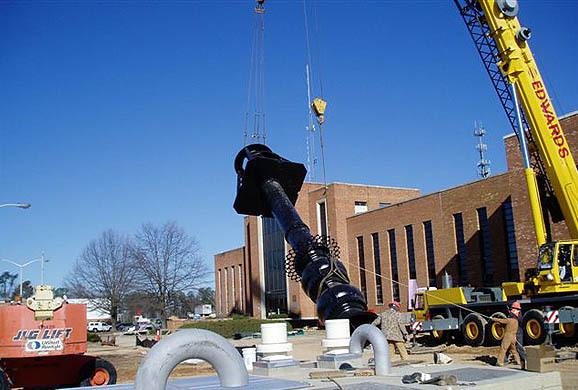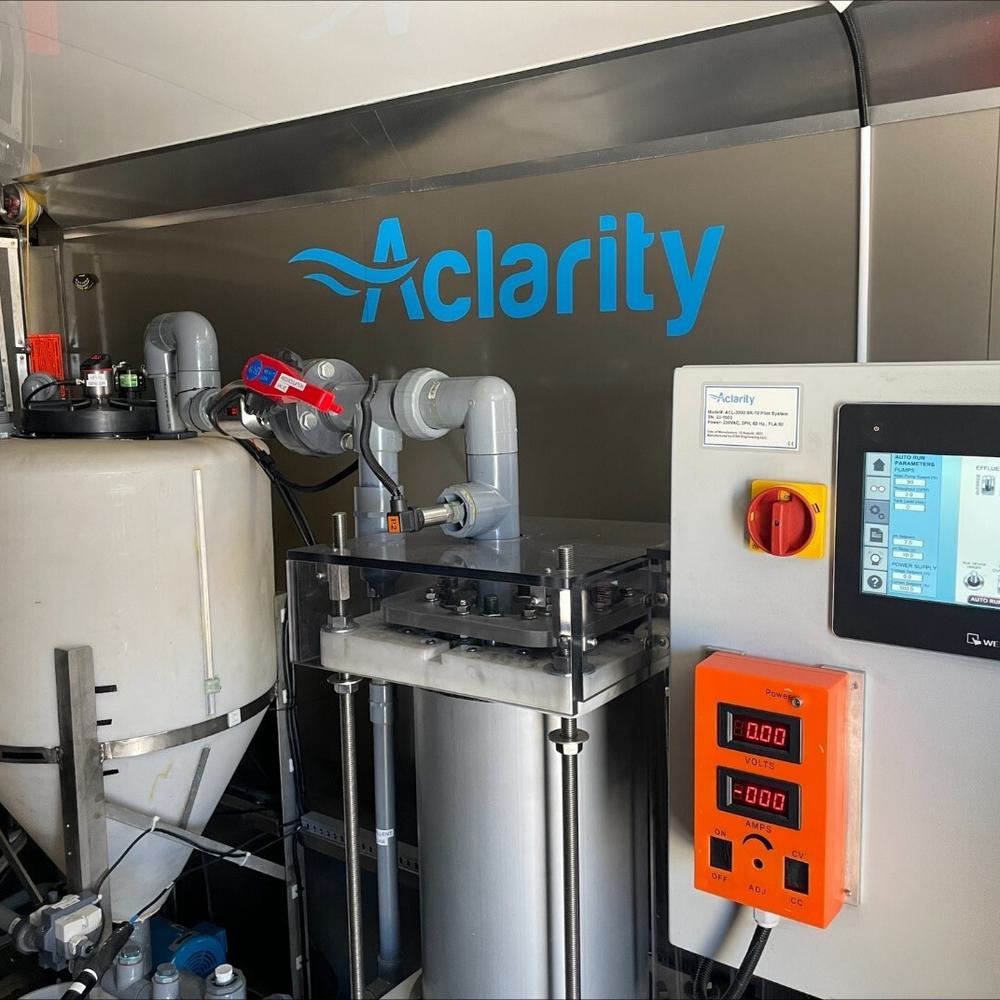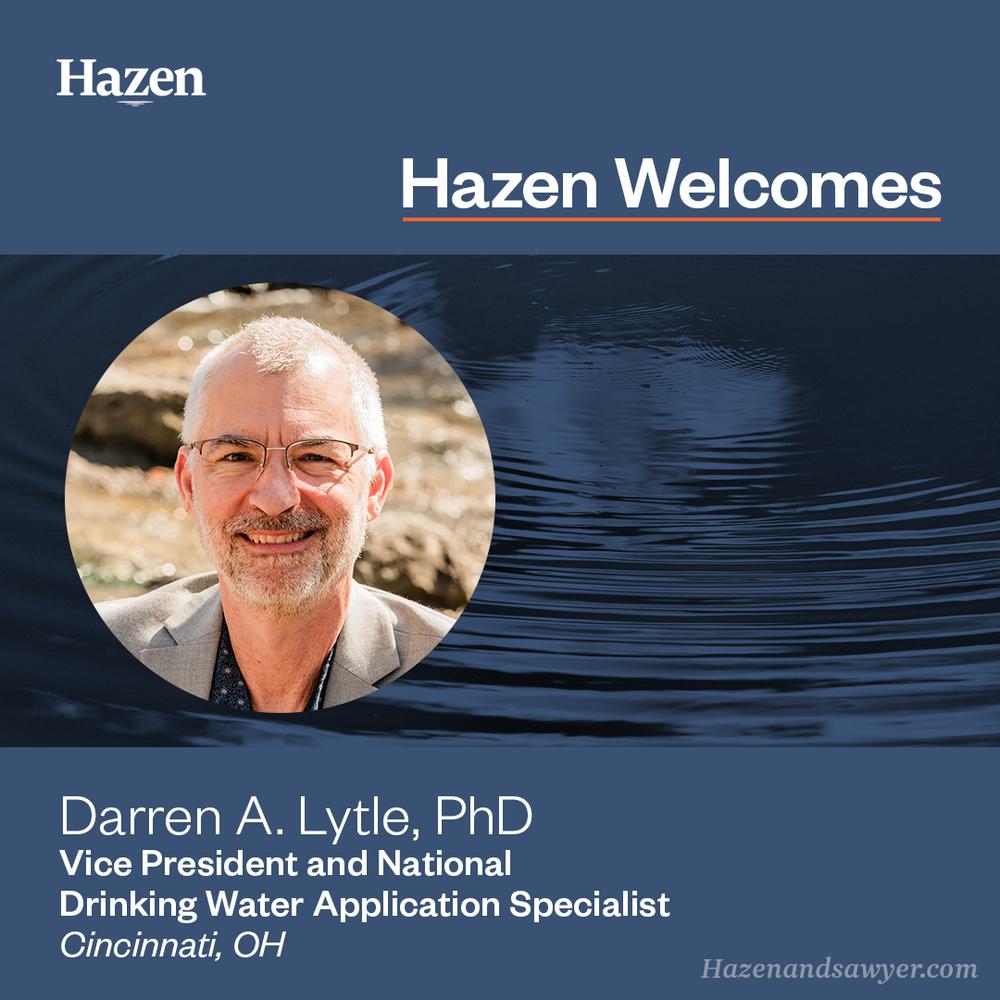E.M. Johnson Water Treatment Plant Upgrade and Improvements
The Raleigh Department of Public Works retained Hazen and Sawyer to help plan, design, and implement upgrades to enable the reliable delivery of up to 120 mgd, meeting all current and anticipated future regulatory requirements.
The City of Raleigh with adjacent municipalities, one of the fastest-growing areas in North Carolina, owns and operates the E.M. Johnson Water Treatment Plant. Although the plant capacity is rated at 86 mgd, the plant can reliably deliver only 75 mgd due to hydraulic restrictions and lack of filter redundancy.
Hazen and Sawyer commenced work on this project by undertaking a comprehensive evaluation of the existing plant and its auxiliary facilities, including pumping and storage. In assessing the existing facilities, we focused on their physical condition and ability to consistently provide high-quality drinking water, meet current rated capacity (86 mgd) and also future capacity needs (120 mgd), and afford continued reliability. Redundancy of equipment and process trains, operating flexibility to meet varying source water quality, and ease of operation were also prime considerations.

We identified the following six plant upgrade projects, to be implemented in separate phases:
- Phase 1 – Install six dual-media filters and one flocculation/sedimentation flow train, along with piping and chemical feed system improvements.
- Phase 2 – Construct expanded coagulation facilities, including rapid mixers, distribution channels to new flocculation tanks, new plate settlers installed in existing sedimentation basins, residuals collection, and associated yard piping and electrical improvements.
- Phase 3 – Install a new UV disinfection system, with associated finished water pumping station; expand solids handling facilities.
- Phase 4 – Improve existing ozone facilities and upgrade terminal reservoir.
- Phase 5 – Construct new 5-million gallon (MG) clearwell and expand existing 5-MG clearwell to add another 3 MG of storage capacity.
- Phase 6 – Install new raw water pumping station, intake structure, and raw water transmission main.
In addition to this phased program, our design accommodates further expansion of the treatment process to include ion exchange or granulated activated carbon adsorption, if needed to meet more stringent future regulations.
Hazen and Sawyer is also assisting in preparing an Environmental Impact Statement for expansion of the plant to 120 mgd.
Phased Approach
- This phased approach, comprised of six separate projects, enabling the existing plant to remain in service while the new facilities were constructed.

Project Outcomes and Benefits
- We developed a carefully-phased approach, comprised of six separate projects, enabling the existing plant to remain in service while the new facilities are being constructed, also accounting for the City’s ability to finance the improvements.
- Our design makes maximum utilization of existing facilities, resulting in significant savings for the City.
- We incorporated Ultraviolet Light (UV) Disinfection as an innovative measure for meeting future regulatory requirements concerning Cryptosporidium inactivation.





















